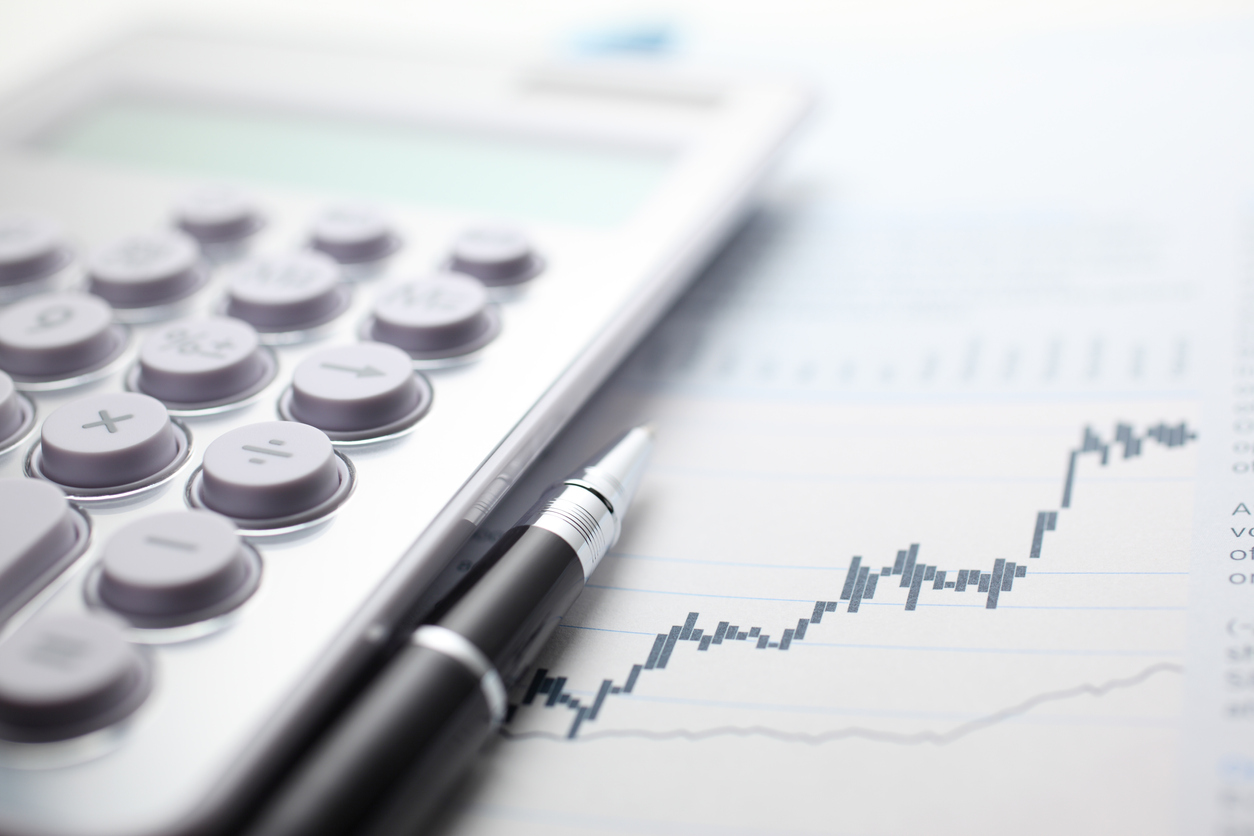Price Changes Are Influenced by Loss-Experience
In contrast to 2021, the January 2022 renewals were distinguished by a strong correlation between the most recent loss experience and the corresponding price movements. Rate hikes were most noticeable in lines of business that had a surprisingly high number of claims in 2021, such as property catastrophe in Europe, cyber, and the retrocession market.
In contrast, recent price increases were deemed adequate in most casualty lines of business, leading to increased interest in quota-share treaties and rising reinsurance commissions paid. Trade credit insurance premiums fell as well, as claims did not rise as expected.
Reinsurance Capital Increases Due to Increased Profitability
Despite the high losses caused by natural disasters, both traditional and alternative reinsurance capital increased by 3–4% in 2021. While the alternative capital space benefited from continued inflows into catastrophe bonds, traditional reinsurers' capital increased as underlying profitability improved.
Catastrophe bonds are gaining momentum. In 2021, more than $12 billion in new catastrophe bonds were issued, setting a new high for this subsegment of the alternative capital market. As a result of a lower volume of maturing catastrophe bond programs that needed to be replaced, outstanding volumes increased to $30.9 billion at the end of 2021 (end-2020: $28.0 billion). Catastrophe bonds will once again play an important role in the reinsurance market in 2021.













